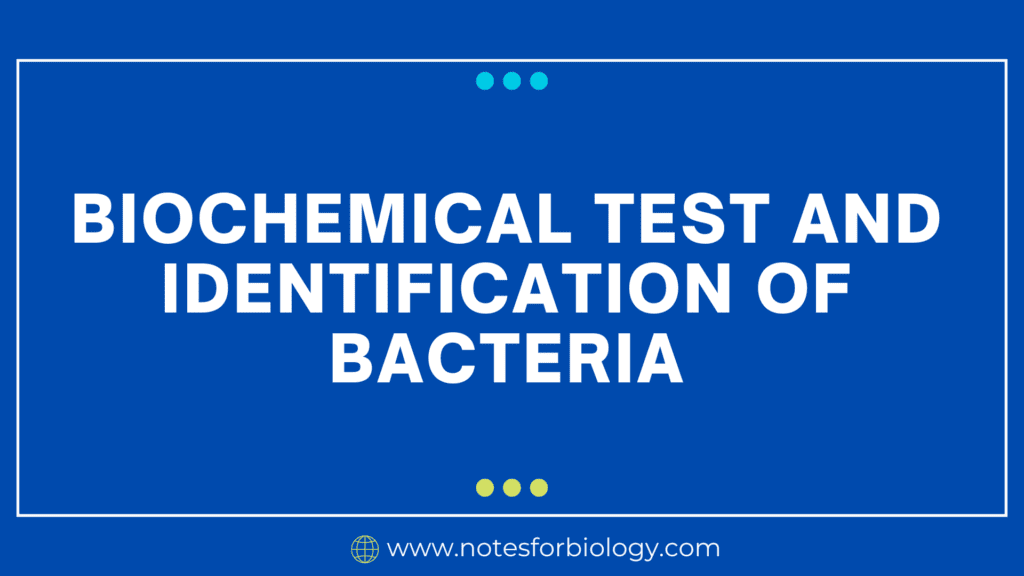Beta Oxidation of Fatty Acid: Steps, Uses, Diagram
Beta oxidation of Fatty Acid is a vital metabolic process which occurs in the mitochondria when fatty acids are broken down to create energy. Fatty acids are transformed into acetyl-CoA, which enters the citric acid cycle, and FADH and NADH₂, which are needed to produce ATP in the electron transport chain. The activation of the […]
Beta Oxidation of Fatty Acid: Steps, Uses, Diagram Read More »










